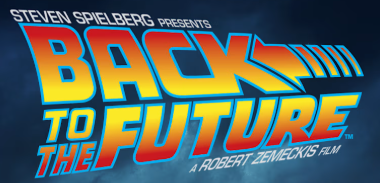by Dennis Crouch
We are now a decade past the Supreme Court’s eligibility revolution in Alice and Mayo. Legislative efforts have coalesced around the Patent Eligibility Restoration Act of 2025 (PERA), while USPTO Director John Squires has simultaneously launched a campaign of administrative reinterpretation to restore what he calls “expansive eligibility.” The Federal Circuit, once reluctant to embrace the new eligibility approach, now serves as the principal stabilizing force and is the principle backstop to Patent Office experimentation.
I recently wrote about the Senate Hearing on PERA. I wanted to follow up to discuss written submissions by two leading commentators: USPTO Director John Squires , and Stanford Law Professor Mark Lemley. Squires written statement calls for restoration of “expansive eligibility.” In addition to the potential for legislation, Squires also highlights his ongoing administrative reinterpretation of eligibility doctrine and suggests doctrinal correction by the courts to correct what he sees as a misinterpretation of Alice/Mayo. Lemley takes the opposite view on virtually all issues. He argues that current judicial doctrine is working well and that the real problem lies in the USPTO’s refusal to follow existing law, particularly its recent pattern of denying inter partes review (IPR) petitions in violation of the AIA.
Director Squires’ statement opens with a personal narrative. He recounts surviving the September 11, 2001 terrorist attacks three times that morning: walking through the North Tower of the World Trade Center just sixteen minutes before the first plane struck, watching the second plane hit from his office at 1 New York Plaza, and fleeing the collapse of the South Tower. Squires describes how, in the aftermath of 9/11, he and his colleagues at Goldman Sachs developed the Risk Data Consortium, filing forty patents “expedited by the USPTO as inventions to combat terrorism” and deploying them as “instruments of war” against terrorist financing networks. This experience, Squires argues, demonstrates that “patent eligibility is not an abstract debate” but rather “a matter of national security, of resilience, and of ensuring that America’s system of innovation remains robust enough to confront the challenges of the twenty-first century.” For Squires, the question of what is patent-eligible is inseparable from the question of whether America can deploy its private sector innovation capacity to meet existential threats—from terrorism to artificial intelligence competition with China.
Lincoln famously said that the patent system adds “the fuel of interest to the fire of genius.” For Squires, the post-9/11 patent response shows that it can also channel the fire of patriotism. In this account, the patent system became a mechanism for channeling the nationalistic urgency into concrete counterterrorism tools. Patent protection meant that innovators could rapidly deploy their systems against an immediate threat while retaining some assurance of eventual compensation — satisfying that other urge of self-interest.
Director Squires’ statement explicitly advocates for institutional and doctrinal change through USPTO leadership and administrative decisions, independent of congressional action. He highlights is recent actions to restore “expansive eligibility” through agency policy and adjudication. One example is Squires’s recent Director Review decision in Ex parte Desjardins, where the PTAB had rejected claims directed to AI training methods under § 101. In his decision overturning that rejection, Squires emphasized that Section 101 should not be misused as a blunt instrument to exclude entire technological fields and that examiners should use Sections 102, 103, and 112—rather than Section 101—to police patent quality. Squires’ testimony frames this approach as a return to historical practice.
Regarding the Supreme Court’s duo of Alice and Mayo, Squires argues that these cases have been misconstrued and that instead courts should read them narrowly as simply restating the old decisions in cases such as O’Reilly v. Morse, 56 U.S. (15 How.) 62 (1854), Diamond v. Chakrabarty, 447 U.S. 303 (1980) (“anything under the sun”) and Diamond v. Diehr, 450 U.S. 175 (1981). (more…)





